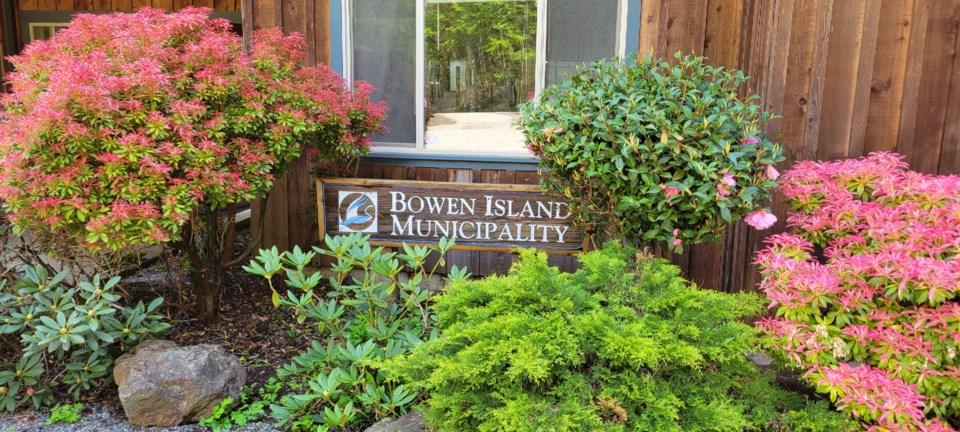Bowen Island meets the numerical requirements of a new housing law, but there’s still many questions about what type of housing that will look like and what the provincial government’s role will be in the process.
Over the next 20 years it’s estimated nearly 1,400 housing units will need to be made available on-island to meet the needs of residents while factoring in the province’s focus on developing small-scale, multi-unit housing. The catalyst for determining an exact number comes from Bill 44, which passed in the provincial legislature last fall and gave municipalities and other local governments until the end of 2024 to develop a Housing Needs Report (HNR) identifying the housing needs in their community.
The HNR projects housing needs for both five and 20 years down the road, and was calculated using a formula drawing from six main categories of current and anticipated population and residency numbers. Metro Vancouver Housing performed the calculation for Bowen Island. Once the initial HNR is complete communities have a year to show they have the ability to meet the 20-year target number.
In Bowen’s case this was 1,393 new units needed over the next two decades. This doesn’t mean that many new builds need to be constructed, rather that, in Bowen’s case, the Official Community Plan and zoning bylaws could allow for that many units to be turned into available housing. The island has 287 vacant properties which count toward this total, as do around 350 units of upcoming development in the areas of Grafton Lake and Seymour Bay along with the planned BIRCH housing project on Miller Road.
Also factoring in the ability to subdivide nearly 700 lots to create primary and secondary units, Bowen more than surpassed its minimum mark with the potential for 2,008 new units on the island.
“Our current Official Community Plan (OCP) meets the numbers that we need, but I do think it’s a discussion that the OCP Steering Committee and council will have – does that housing that’s being provided for in our OCP meet the goals that we want as Bowen,” said manager of planning Daniel Martin.
“We’re free to plan Bowen as we see fit knowing that we’re not reducing the number of units in the OCP and that we’re still compliant with provincial legislation,” added Martin.
While encouraged by the island’s housing potential, Mayor Andrew Leonard said the province will need to show its commitment to building new infrastructure if they expect municipalities such as Bowen to successfully implement the new units.
“I feel as if the province has some more work to do to translate this into actual on-the-ground housing… on Bowen that involves connections to water, you’ve got a Snug Cove Sewer System that we have no idea how we’re going to pay for an upgrade for – and we can’t densify in our town centre until that happens – and connections to public transit. We know TransLink is beleaguered right now particularly with their funding from the province,” said the mayor.
“I would like to see from the province, just as some of my other mayoral colleagues in other jurisdictions are asking for, what is the province’s plan to fund infrastructure in municipalities so that we can actually get housing built.”
“There’s also a question for me being on an island and being part of the Islands Trust, and particularly as we go through the OCP review and rewrite... what happens if we can’t sustainably build those? What happens if there isn’t enough water, what happens if because of the pressures related to climate change there are some basic infrastructure pieces that we just can’t make happen for that amount of housing?” concluded the mayor.
For now, work for staff next year will involve looking at the Land Use Bylaw to make sure all laws are set for the proposed zoning changes to meet the new units total.



